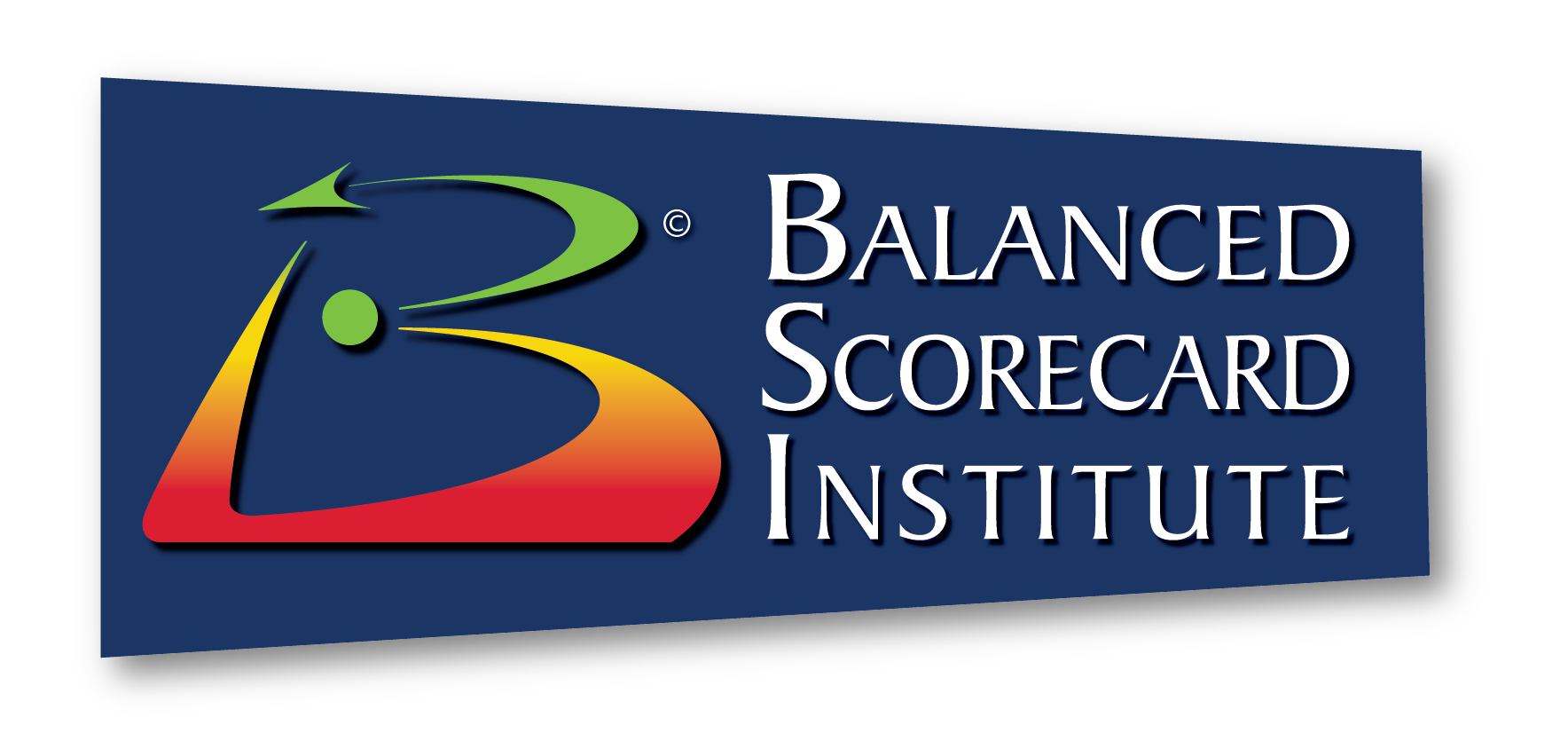Every leader, whether in government or the private sector, desires efficiency. We discuss it constantly: saving time, cutting costs, reducing waste, optimizing processes. Efficiency has become a near-sacred objective, often explicitly stated in performance dashboards and strategic plans.
But if you’ve ever led a complex organization, you know the uncomfortable truth: most efficiency initiatives fail to deliver what they promise. Leaders launch waves of projects designed to streamline, digitize, or modernize, only to see limited results, overworked teams, and budgets quietly balloon.
Why? Because actual efficiency doesn’t start with tools, frameworks, or even processes. It starts with strategy. Without a clear, aligned strategy, all efforts at efficiency become fragmented, reactive, and shallow.
The Reflex That Undermines Efficiency
Organizations everywhere fall into the same trap. In meetings and boardrooms, the conversation goes like this:
“If we don’t do this, we won’t reach our goals.”
It sounds reasonable, responsible, even. But this reflex to say “yes” to almost everything ensures that efficiency never has a chance. More projects are launched. More initiatives are added. More teams scramble to deliver. The pace increases, but the impact remains the same.
Efficiency isn’t about doing more. It’s about doing the right things, at the right time, for the right reasons.
The Illusion of Frameworks as Magic
In pursuit of efficiency, leaders often turn to methodologies such as Agile, Lean, Six Sigma, SAFe, and others. These frameworks are powerful, and when applied with discipline, they can unlock significant improvements. However, organizations often treat them like magic, plug-and-play solutions that will instantly deliver speed, savings, and value.
They don’t.
Frameworks are multipliers, not creators. They multiply clarity and alignment when they exist—but they also multiply confusion and waste when they don’t. In other words, a strategy wrapped in Agile that is unclear remains unclear. A misaligned portfolio of initiatives executed through Lean is still misaligned.
This is why organizations that “implement Agile” or “go Lean” without first aligning strategy often find themselves frustrated. They’ve invested in the mechanics of efficiency but skipped the architecture of efficiency.
Strategy as the Architecture of Efficiency
So, what does it look like to put strategy first?
1. Clarity of Purpose
Leaders must articulate not just what the organization does, but why. This north star, whether it serves citizens, creates customer value, or drives innovation, anchors all decisions. Without it, efficiency devolves into cutting for the sake of cutting.
2. Alignment Across the Enterprise
Efficiency emerges when departments, business units, and teams share the same priorities and objectives. When marketing pursues one set of goals, operations another, and IT yet another, duplication and conflict are inevitable. Aligned strategy ensures that resources are allocated to the initiatives that matter most.
3. Disciplined Decision-Making
Perhaps the most challenging part: saying no. Efficiency isn’t just about pursuing the right things; it’s about courageously stopping the wrong things. Leaders must create a culture where deprioritizing, pausing, or even killing initiatives is not seen as a failure, but rather as a form of stewardship.
4. Strategic Use of Frameworks
Agile, Lean, and other methods should be applied in the service of strategy, not as substitutes for it. When the destination is clear, these frameworks help teams get there faster and with less waste.
Efficiency and Impact Are Not Opposites
Too often, organizations view efficiency and impact as a trade-off: do more with less or make a difference.
However, the reality is that efficiency and impact reinforce one another when a strategy is in place.
- Government Example: A public health agency that clarifies its strategy around “prevention first” can streamline programs, reduce costs, and achieve greater impact than one that tries to do everything from prevention to late-stage care.
- Private Sector Example: A technology company that aligns strategy around customer-centric innovation can stop pursuing marginal features, focus investment on breakthrough products, and both save resources and dominate markets.
Efficiency is not about speed. It’s about intentionality. And when leaders lead with strategy, efficiency naturally follows.
The Cost of Getting It Wrong
Let’s be clear: the cost of chasing efficiency without strategy is steep.
- Wasted Resources: Millions are poured into technology implementations, training, and consultants without meaningful returns.
- Burnout: Teams stretched across too many priorities lose focus, energy, and morale.
- Missed Opportunities: By chasing everything, organizations often miss the critical few opportunities that would have delivered a transformative impact.
- Public Distrust: In government, inefficiency translates directly into citizen frustration and loss of confidence. In the private sector, it means declining customer loyalty.
The irony is that the very effort to become efficient, when misaligned, can actually create inefficiency.
The Discipline of Strategic Efficiency
So, how can leaders ensure efficiency starts where it should, at the level of strategy?
1. Reaffirm the Mission and Vision
Reconnect your leadership team to the organization’s purpose. If the mission isn’t clear, efficiency becomes a race to nowhere.
2. Cascade Strategy into Measurable Goals
Translate high-level aspirations into clear objectives and measurable results at every level. This creates alignment and enables prioritization.
3. Institute Portfolio Governance
Build disciplined processes for reviewing and prioritizing initiatives. Ensure that new projects align with strategy before they’re funded.
4. Stop Doing More, Start Doing Less
Measure leaders not by the number of projects they launch, but by the number they complete. Celebrate the ability to focus, not just the ability to start.
5. Integrate Frameworks Thoughtfully
Use Agile, Lean, or SAFe as delivery engines, not strategic drivers. Let strategy set the course and let frameworks determine how best to get there.
The Opportunity for Leaders
The good news is this: organizations that commit to strategy-first efficiency see dramatic results.
- Reduced Costs: Not by cutting across the board, but by eliminating duplication and focusing on high-value work.
- Increased Speed: Teams move faster when they aren’t competing with misaligned priorities.
- Greater Impact: Efficiency makes room for investment in initiatives that genuinely matter.
Most importantly, these organizations build trust with employees, customers, and citizens, by demonstrating that every decision is intentional and aligned to a bigger purpose.
A Call to Action
Leaders, the message is clear: efficiency doesn’t happen by accident, and it doesn’t happen by shortcuts. It doesn’t happen because you adopted the latest framework or trimmed a few budgets.
Efficiency happens when you start with a strategy.
If you’re serious about achieving both efficiency and impact, begin by asking:
- Do we have clarity of purpose?
- Are our priorities truly aligned?
- Do we have the discipline to say no?
Organizations that answer “yes” to those questions are the ones that don’t just save time, money, and effort; they deliver results that matter.
If you’d like to explore how we help organizations achieve both efficiency and impact through clear, aligned strategy, let’s connect.
Adam is a Senior Consulting Associate of Strategy Management Group/Balanced Scorecard Institute and a business strategy and digital transformation leader with over 15 years of consulting experience driving solutions and has served in management & leadership positions. Adam has a history of solving challenging, global process problems by applying appropriate agile and lean adaptive frameworks to drive recommendations. In addition, he has led various collaborative projects that made his recommendations a reality.


